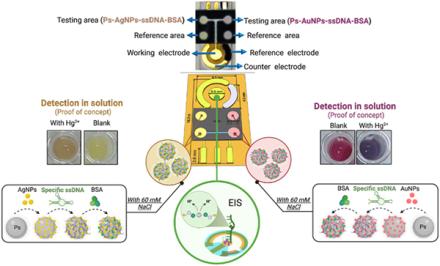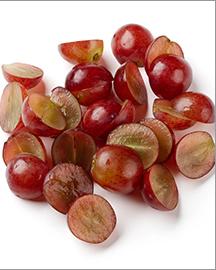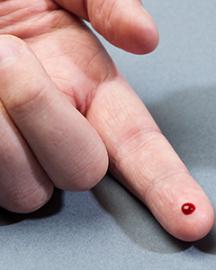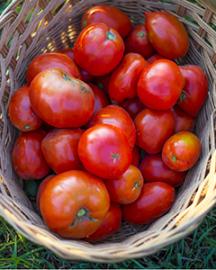
An Easier Way to Detect Mercury in Food and the Environment
Mercury is a naturally-occurring element that can be found in soil, water, and air. It can also be found in our food, and high levels of exposure from any source can cause neurological and kidney damage. Current methods for detecting mercury in environmental samples are complex, time-consuming, and require specialized training. They’re also laboratory-based, making them unsuitable for on-site mercury detection.
Now, a solution is at hand, thanks to an ARS-funded research project at Purdue University in West Lafayette, IN. Researchers developed a dual-detection biosensor that couples a color-measuring capability with electrochemical sensing. The resulting biosensor is faster, more user-friendly, and just as effective and accurate as existing methods. It is also portable, enabling on-site testing of samples for mercury in the parts-per-million range and displaying the results on a smartphone. The biosensor can also be adapted to multiplex, low-cost strip devices for on-site detection of toxins, pathogens, and heavy metals other than mercury.
.
Related Information
Research Project: Deep Learning Approach For Classifying Contamination Levels








